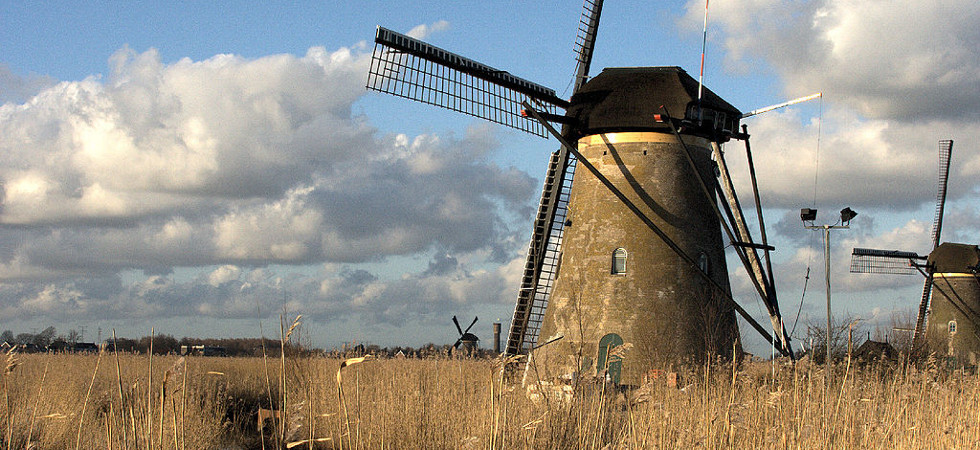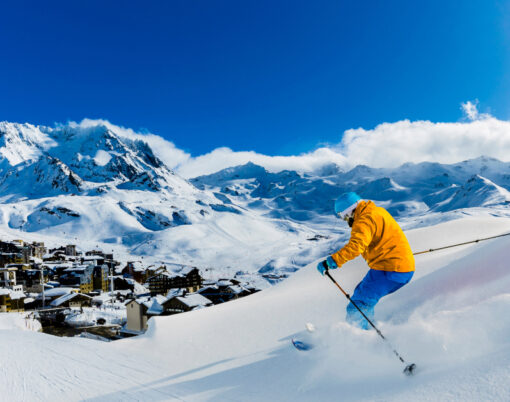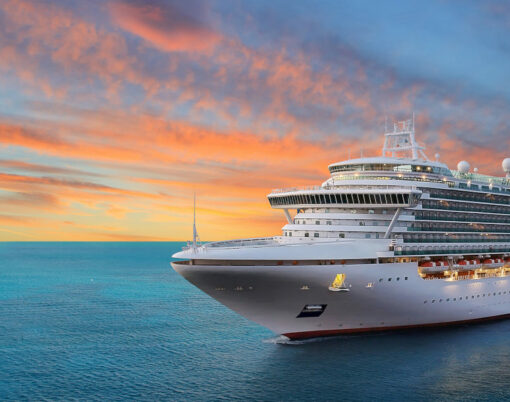The booklet that holds the Rotterdam Welcome Card that allows for free travel on the bus, tram and metro offered many interesting options for the day. Patiently, I went through it twice and then decided in a jiffy – the windmills of the Netherlands!! After a sumptuous breakfast at chic nhow hotel, a hotel that resembles a model made out of Lego Blocks, visible from any part of Rotterdam, I ventured to find out the best way to reach Kinderdijk. A helpful lady advised me: “The water taxi is the fastest way to reach Kinderdijk….” It was, for sure, but only if you can afford it.
How to get there
Little knowing that the water taxi was a taxi service on water for those in a hurry (many a time, these taxis break the speed limits I heard), I ventured to the water taxi stand. The lady at the ticket counter told me politely that it would cost me more than 100 Euros considering the distance and since I was alone; obviously my expression said it all, and she was kind enough to direct me to the Waterbus – a great means of transport over water to reach any part of Rotterdam at a nominal price.
So I boarded the bus at 12 noon sharp. A few tourists, a couple from Hong Kong and others from The Netherlands itself, some locals with their bicycles and off we went. Waterbus line 20 takes you to Kinderdijk. Board at Erasmus bridge and get off at Ridderkerk. Walk a few steps away to board a ferry boat at Driehoeksveer and within five to seven minutes you are at the famous windmills.

It was exciting to visit a UNESCO World Heritage Site. After I alighted, I tried to spot the windmills. I couldn’t see any of them. I crossed the road and entered a souvenir store that had a pleasant lady at the counter. When I asked, she indicated that the windmills were on the right, a short walk away. I couldn’t help but notice some amazing souvenirs – the famous clogs, miniature windmills, ceramic ware and tulips carved beautifully from wood.
A silent testimony to taming nature
I began walking towards the Windmills and in about five minutes, I spotted them against the horizon, many of them. I stopped in front of a building called J U Smitgemaal, a pumping station with giant turbines. This set up took over what the windmills used to do centuries ago.
A small ticket window sells tickets for a tour of the windmills, you can do it on foot by walking close to the windmills, or by a boat tour for about half an hour. You can also attend a short documentary on the history of the windmills. You could also buy a ticket for 13 Euros, this includes a snack and soup and entry to the windmills. The entire excursion could take from two to three hours (excluding travel time).
I decided to have a look at the documentary of the windmills. The auditorium is across the canal, and there were three gentlemen who are volunteers for the visitor centre that looks after the site. An in-house store sells interesting souvenirs and also has a coffee vending machine. Since I am the only English speaking tourist, I am ushered into a very unusual room that is one of the old pumping stations and now converted into a centre for information. The auditorium has two big screens opposite each other and four small screens. Stools are placed for seating groups, but I am the only one! The gentleman tells me to sit facing the small screens, as the presentation is on all six screens, and I am more than curious. The show begins with the small four screens with four characters who are arguing about the name Kinderdijk….extremely well presented with humour and anecdotes, the show goes on to the big screens and at the end of it – I am educated and have huge respect for the hardworking Dutch who managed to tame water.
After picking up a couple souvenirs, colourful clogs and tulips, I begin my tour of the windmills. Two paths have been made, one for walking and one for cycling and of course, for those who choose the canal tour the boat is a good bet.
The windmills, 19 in all, are huge built at a distance from each other and stand silently. Their blades (also called sails) stand out against the blue sky. The mills were built between 1500 and 1740 and they are so well-preserved that in 1997, the windmills were put on the UNESCO World Heritage List.

What did the windmills do
During early times, if the water was not kept under control, there would be flooding hence the windmills were life savers, and have helped mankind to survive. Not many of us know that a little over half of the Netherlands is reclaimed land which lies under sea level, making it vulnerable to flooding. During the 13th century, there was periodic flooding and hence canals were built to get rid of the excess water in the reclaimed land areas (Alblasserwald polders). The windmills were used to drain excess water from the polders (low laying tract of land enclosed by dykes); as they did the job of pumping excess water into a reservoir.
The windmills at Kinderdijk were built as a solution for draining the excess water from the polders, and they would pump the excess water into a reservoir until the river level of the Lek lowered. In the 1860s pumping stations that worked on diesel were used. During World War II, the Kinderdijk windmills were revived since diesel fuel necessary to operate the pumping stations became scarce. The windmills were fully-operational until 1945, and once fuel was easily available, they were closed down.
Though many windmills across the Netherlands withered away, Kinderdijk is one of places where they have been preserved. Happy with my visit, my souvenirs tucked away in my bag, the Dutch, the windmills with their history and efficiency left me fascinated.
Definitely worth a visit when in the Netherlands.
Main image credit: Quistnix






















